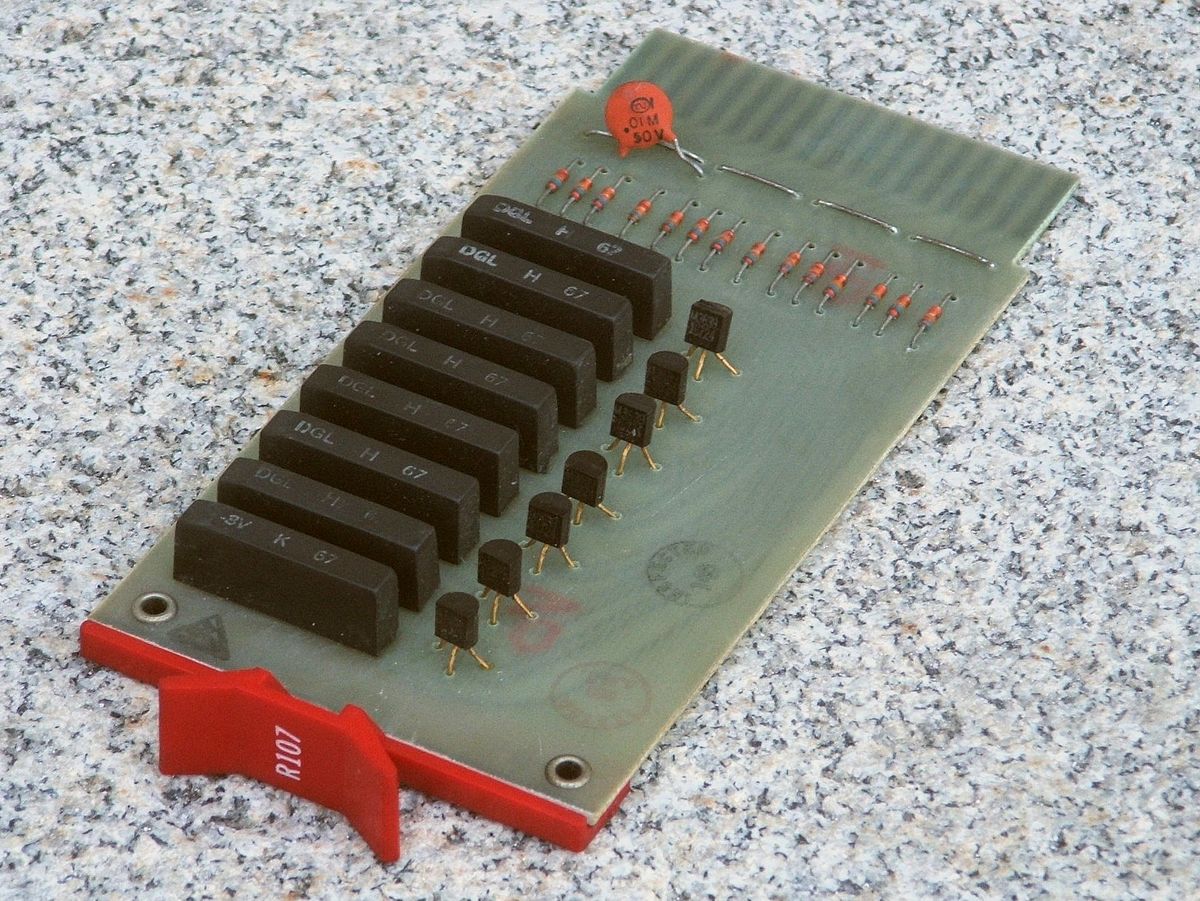Considering the PDP-8, PDP-7, PDP-9, PDP-1, even though they are completely different architectures (from a programmer's or compiler's point of view at least), they have some remarkable similarities in some details.
For example, the microcoded instructions on both the PDP-8 and PDP-7 have cla, cll, cma, cml, and single or double rotations, which conveniently build up small constants in the accumulator.
The same two computers also have exactly the same skip instructions, and a bit in the instruction to indicate an indirect memory access. The same operations are also available in the PDP-1 instruction set, as are, obviously, things like add, and load.
The same two computers also have an optional EAE, which provides another register MQ and some mathematical operations, though the size of MQ obviously varies between 12 and 18 bits.
So straight away, my mind is supposing that there's some kind of commonality in the implementation as well.
- Maybe there's even a single part, which implements all these operations on a bit or group of bits, and which is installed in all these computers to implement a register and ALU.
- Maybe there's some part which takes a bitfield from an instruction, and determines which of these operations need to take place (and is thus part of the instruction decoder) and is installed in at least some of these computers.
Are there large subsystems in common between the implementations of both 12-bit and 18-bit PDPs, which are responsible for the patterns and similarities between these two groups of computers?
